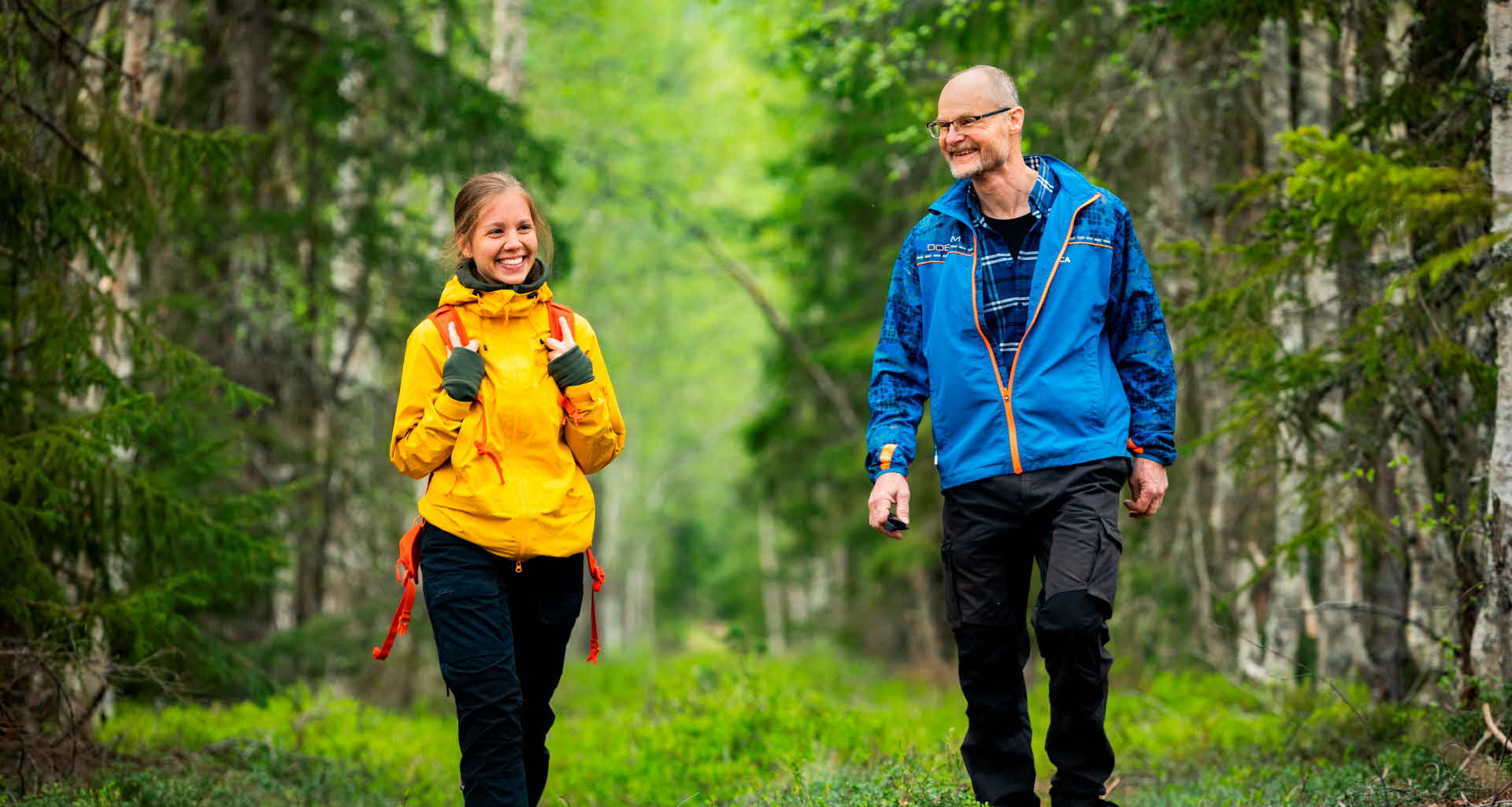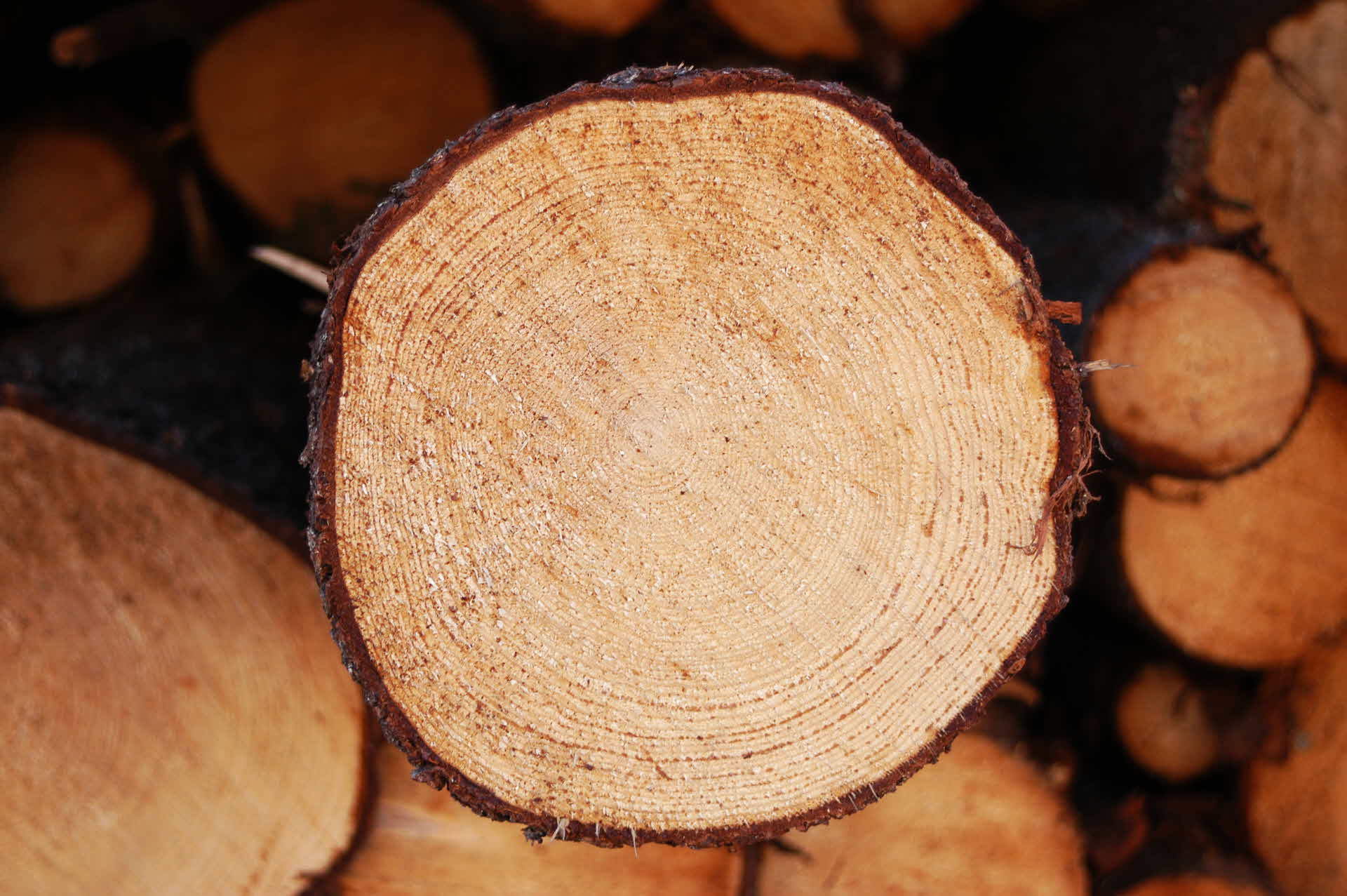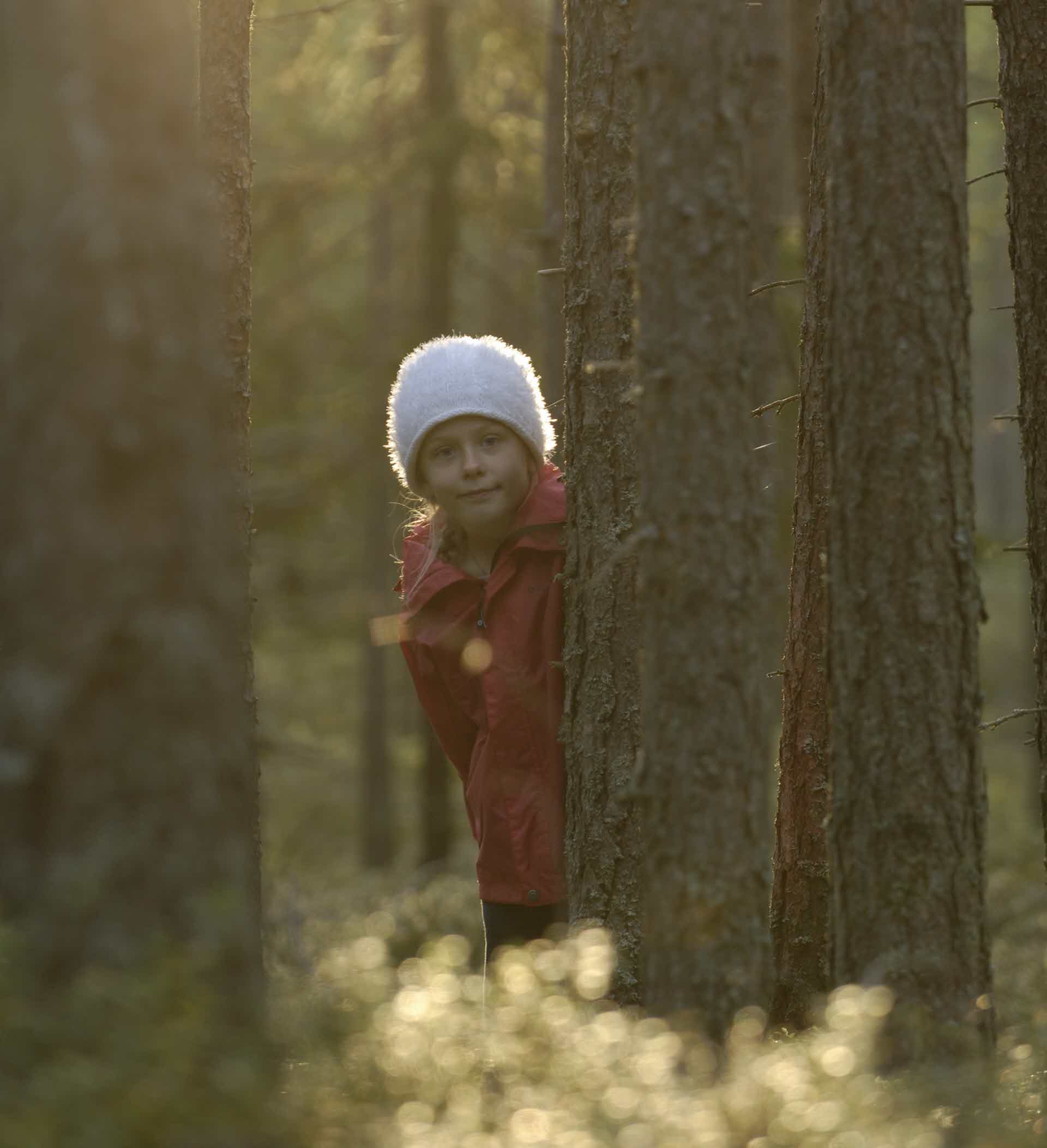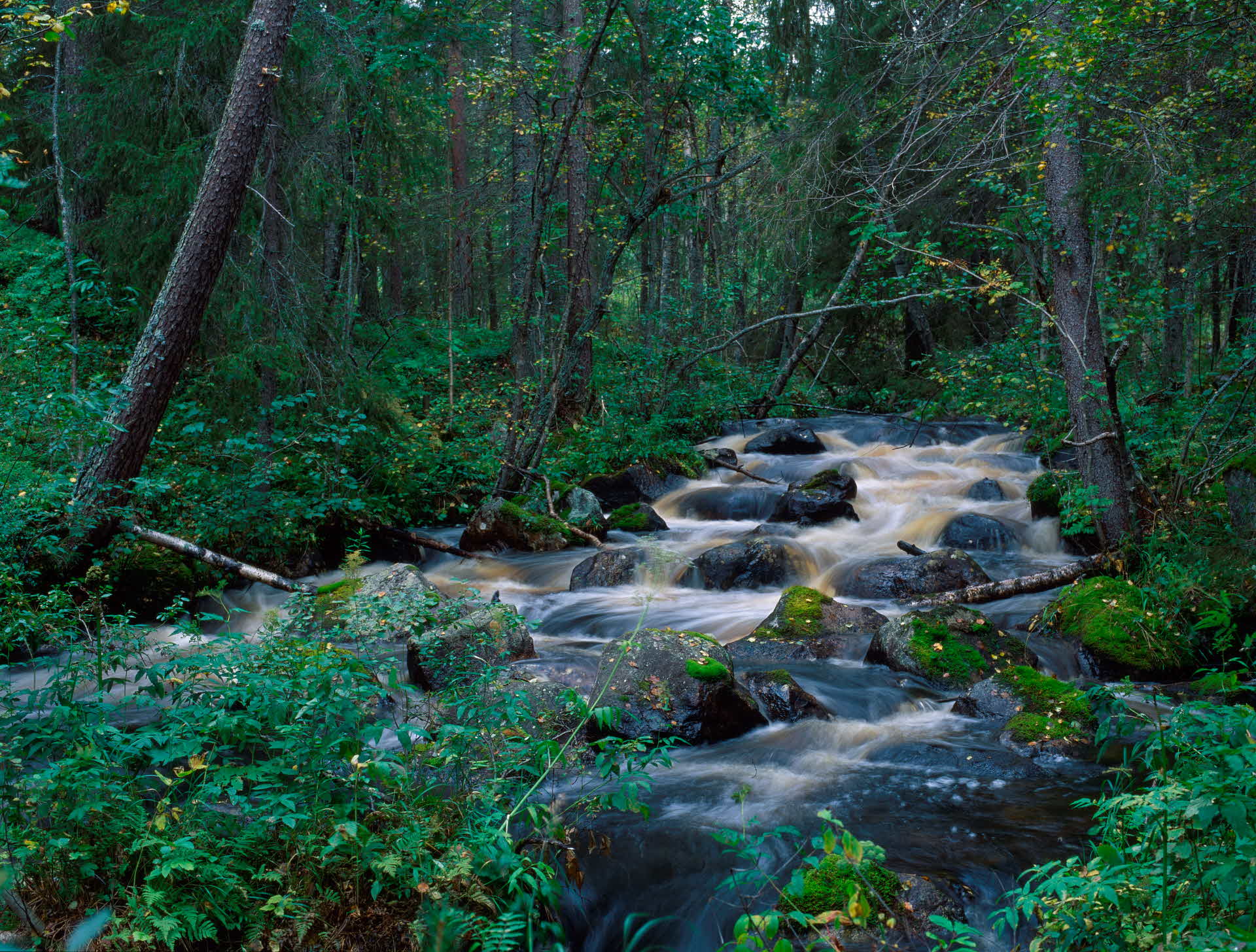
Zero waste
One of our most important goals for resource efficiency is Zero waste. In addition to constantly enhancing the efficiency of our value chain, we have a particular focus on increasing our energy efficiency and reducing impact on water and air. Increased waste recycling is also key.
One important element in our sustainability agenda is our constant drive to create as much benefit as possible from the resources used – to do more with less. It is also about creating circular flows of materials and energy and minimizing the negative impact on surrounding areas.
This naturally applies to our most important raw material, the trees we harvest, and also all other input goods needed to manufacture our products. We also work together with our customers to enable improvements in resource use throughout the value chain.
Water
Water is an essential resource and is an increasingly important issue in terms of resource efficiency. Our plants are located in areas with a plentiful supply of water, but we are working purposefully to minimize emissions and enhance the efficiency of our water use.
Almost 100% of the supply of water to our plants is from surface water from the rivers Pite älv, Ume älv and Indalsälven. Virtually all water is discharged to the Gulf of Bothnia. About 70% of SCA’s water intake is used as cooling water and has no contact with the manufacturing process. The water can be discharged directly into the sea at a slightly elevated temperature.
About 30% is process water and is reused several times in the process. It is subsequently treated both mechanically and biologically before being discharged into the sea.
Reduced emissions to air
We constantly endeavor to reduce emissions to air from our value chain. By striving to eliminate fossil emissions, we also reduce other emissions to air, including emissions of nitrogen oxides and sulfur dioxides from the combustion boilers at our industries. This is a result of our shift from fossil fuels to bio-based fuels.
Another way to minimize emissions of nitrogen oxides and sulfur dioxides is to optimize the processes in the combustion boilers. Dust emissions are reduced through the use of electrostatic precipitators that filter flue gas.
A large portion of our air emissions are generated by transportation. Work to reduce emissions includes choosing transportation with low environmental impact, optimizing transportation and using various technologies to reduce fuel consumption. We are taking part in a project whereby 50% of new trucks purchased by the forest industry will be electric by 2030.
Minimal waste
Throughout our value chain, we utilize by-products and waste streams insofar as this is possible. Solid waste is mainly recycled through use as raw material in other processes and includes bio ash and sludge. A small quantity is sent to landfill or is hazardous waste.
Minimizing waste and identifying new uses for our waste streams is central for us.
Sustainable energy consumption
For several years, we have worked with the ESAVE program to steadily increase our energy efficiency. The target for the current 2020–2025 program period is to implement energy-saving measures of at least 35 GWh per year. Energy surveys, investments in energy-efficient solutions and continuous improvements are a few of the methods used to achieve the target.
We are also striving to reduce our dependency on fossil fuels. Currently, fuel consumption in our production facilities is approximately 95% fossil-free
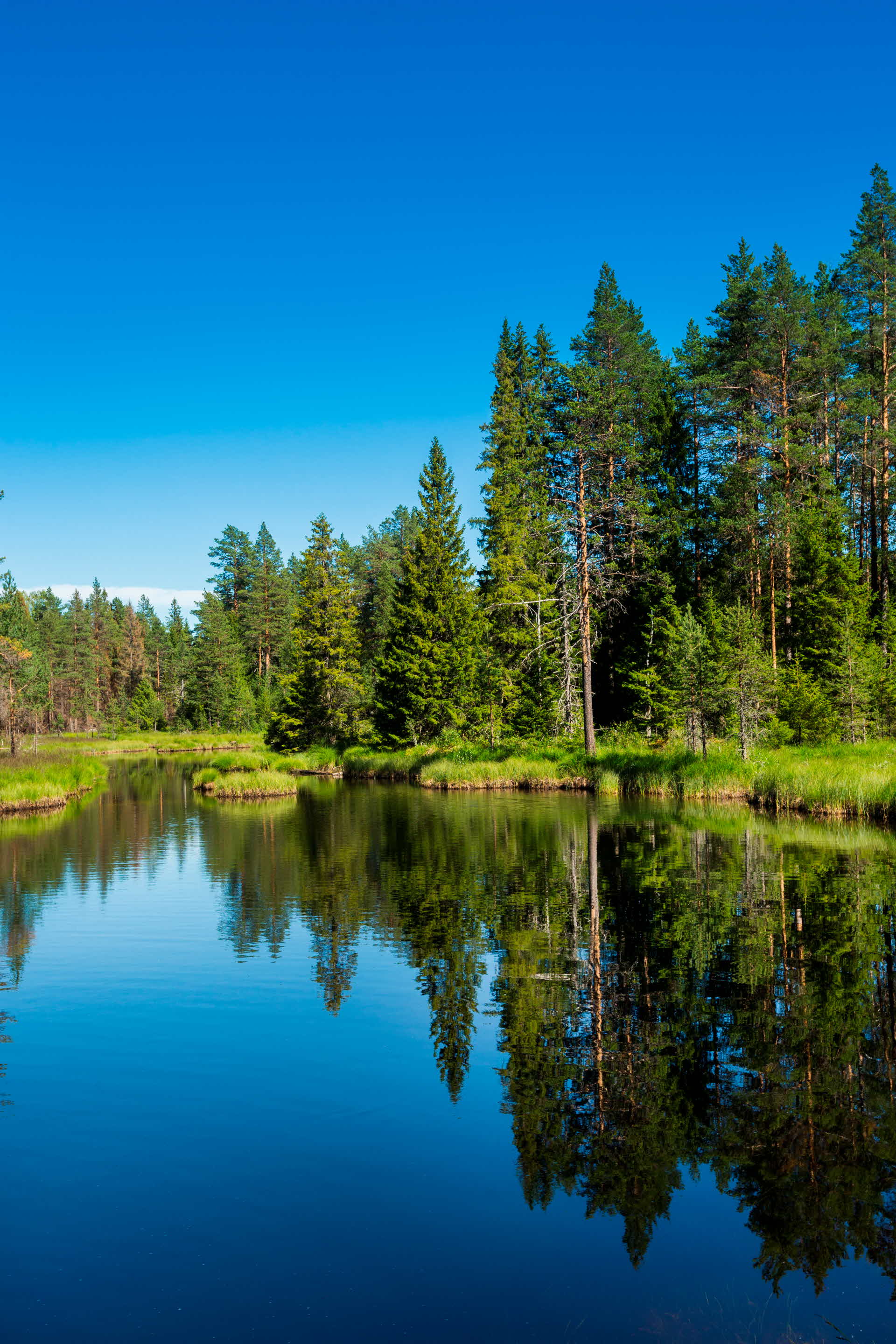
Steps towards zero waste
- High raw material yield in all processes to ensure the entire tree is used.
- Improve energy efficiency through efficiency enhancements of at least 35 GWh per year (ESAVE program 2020–2025).
- Reduced negative impact on water and air.
- Increased recycling and reuse of waste.
